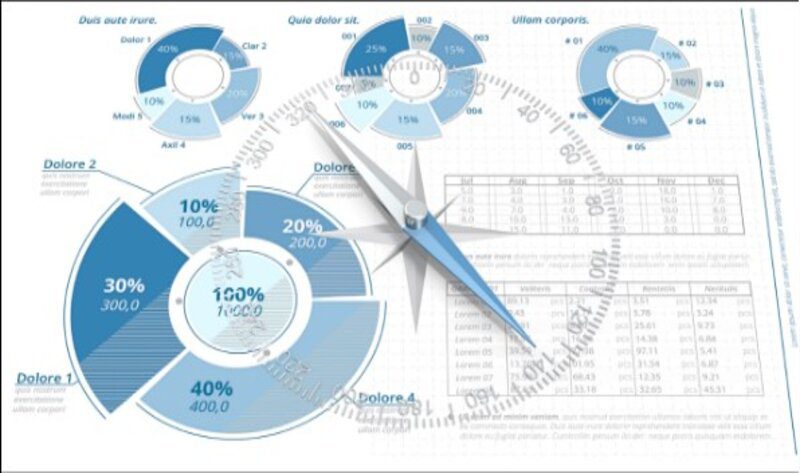Are you tired of constantly missing your sales targets or running out of inventory too soon? Look no further than Forecast Excel – the powerful tool that can help you predict future trends and make informed decisions about your business. With a wide range of forecasting techniques available, Excel is the perfect choice for businesses of all sizes looking to improve their demand planning.
In this comprehensive guide, we’ll take you through five of the most popular forecasting techniques available in Excel.
5 Major Forecasting Techiques
Using forecast excel, the following techniques will help you in effective demand planning:
Technique #1: Moving Average
Moving Average is a simple forecasting technique that uses historical data to predict future trends. It works by taking the average of a specified number of previous periods and using that as the forecast for the next period. For example, if you’re looking to forecast sales for the next quarter, you might use the average of the sales from the previous four quarters. This technique is particularly useful for businesses with stable demand patterns and can be easily implemented in Excel using the AVERAGE function.
Technique #2: Exponential Smoothing
Exponential Smoothing is a more sophisticated forecasting technique that takes into account both the level and trend of the data. It works by assigning more weight to recent data points and gradually decreasing the weight of older data points. This allows for a smoother and more accurate forecast that is better able to capture trends and changes in demand. In Excel, this technique can be implemented using FORECAST.ETS function.
Technique #3: Trend Analysis
Trend Analysis is a forecasting technique that looks at historical data and identifies any trends or patterns that can be used to predict future demand. This technique is particularly useful for businesses with seasonal demand patterns or those experiencing rapid growth. In Excel, trend analysis can be performed using the TREND function, which uses regression analysis to identify any underlying trends in the data.
Technique #4: Regression Analysis
Regression Analysis is a powerful forecasting technique that uses statistical analysis to identify the relationship between two or more variables. This technique is particularly useful for businesses looking to predict demand based on factors such as price, marketing spending, or external economic indicators. In Excel, regression analysis can be performed using the built-in Data Analysis Toolpak.
Technique #5: Seasonal Decomposition
Seasonal Decomposition is a technique that separates the data into seasonal, trend, and random components. This allows for a more accurate forecast that can take into account both seasonal patterns and overall trends. This technique is particularly useful for businesses with highly seasonal demand patterns, such as those in the retail or hospitality industries. In Excel, seasonal decomposition can be performed using the SEASONALITY function.
In conclusion, Forecast Excel offers a wide range of powerful forecasting techniques that can help businesses make more informed decisions about their demand planning. From simple moving averages to more sophisticated techniques such as exponential smoothing, trend analysis, regression analysis, and seasonal decomposition, Excel has a forecasting technique for every business need. By leveraging the power of Forecast Excel, businesses can reduce inventory costs, improve their bottom line, and stay ahead of the competition. So why wait? Start forecasting with Excel today and take your business to the next level.

